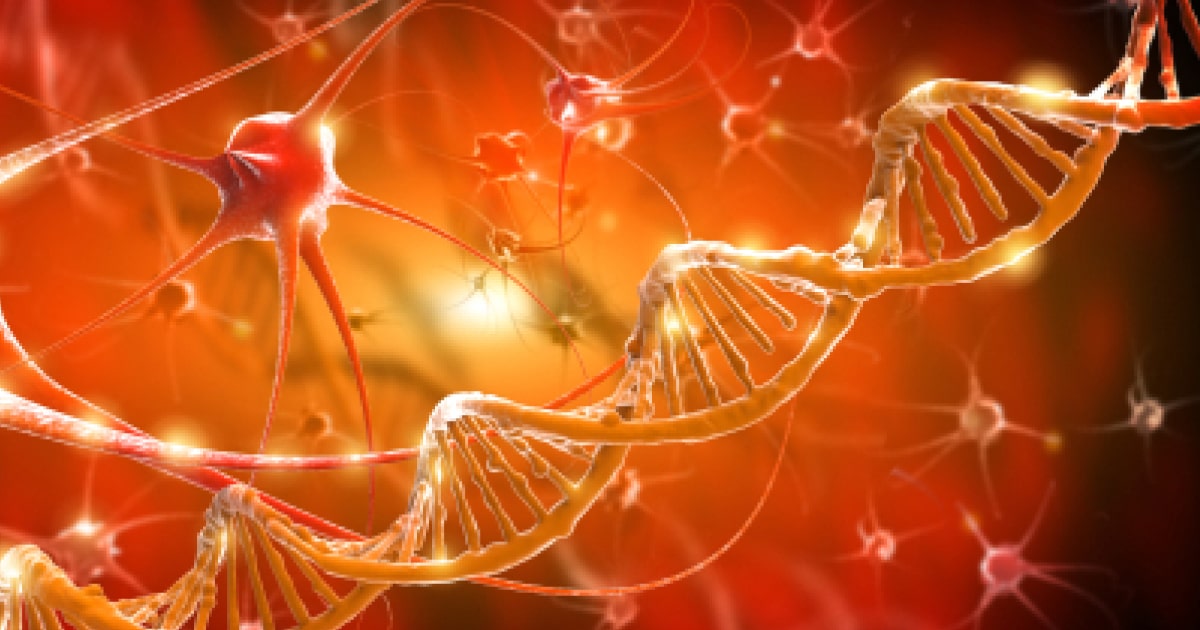
Expert Reviewed By: Dr. Brandon Colby MD
As our understanding of genetics advances, researchers continue to uncover the genetic factors that contribute to various diseases and conditions. One such condition is the bone mineral density variation quantitative trait locus (BMD QTL), which plays a crucial role in determining an individual's susceptibility to osteoporosis and other bone-related disorders. In this article, we will explore the current state of research into BMD QTL, how it can be diagnosed, and the potential benefits of genetic testing for those at risk.
Understanding Bone Mineral Density Variation Quantitative Trait Locus
Bone mineral density (BMD) is a measure of the amount of minerals, such as calcium, found in an individual's bones. Low BMD is a risk factor for osteoporosis, a condition in which the bones become weak and brittle, increasing the likelihood of fractures. BMD is known to be influenced by both genetic and environmental factors, and researchers have been working to identify specific genetic loci that contribute to variations in BMD among individuals.
One such locus is the BMD QTL, which has been the subject of several studies, including Expression Quantitative Trait Locus Study of Bone Mineral Density GWAS Variants in Human Osteoclasts, Multiple polygenic scores improve bone mineral density prediction in an independent sample of Caucasian women, and A quantitative trait locus for normal variation in forearm bone mineral density in pedigreed baboons maps to the ortholog of human chromosome 11q. These studies have helped to identify specific genetic variants that are associated with differences in BMD, providing valuable insights into the underlying biology of bone health and disease.
Diagnosing Bone Mineral Density Variation Quantitative Trait Locus
Diagnosing BMD QTL involves identifying the presence of specific genetic variants that are associated with differences in BMD. This can be done through genome-wide association studies (GWAS), which compare the genetic makeup of individuals with high and low BMD to identify regions of the genome that are associated with the trait. Once these regions have been identified, further studies can be conducted to pinpoint the specific genetic variants responsible for the observed differences in BMD.
One example of such a study is Comprehensive Analysis of the Genetic and Epigenetic Mechanisms of Osteoporosis and Bone Mineral Density, which provides a functional analysis of osteoporosis and BMD susceptibility loci, offering insights into pathogenic mechanisms and potential therapeutic targets.
Uses of Genetic Testing for Bone Mineral Density Variation Quantitative Trait Locus
Assessing Risk of Osteoporosis and Fractures
Genetic testing for BMD QTL can help to identify individuals who are at a higher risk of developing osteoporosis and experiencing fractures due to low BMD. By understanding their genetic predisposition, these individuals can take proactive steps to maintain their bone health, such as adopting a calcium-rich diet, engaging in regular weight-bearing exercise, and seeking medical interventions as needed.
Improving Bone Mineral Density Prediction
As demonstrated in the study Multiple polygenic scores improve bone mineral density prediction in an independent sample of Caucasian women, incorporating genetic information into predictive models can significantly improve the accuracy of BMD predictions. This can help healthcare providers to better identify individuals who may be at risk of osteoporosis and fractures, allowing for earlier intervention and potentially preventing complications associated with low BMD.
Informing Therapeutic Strategies
Understanding the genetic factors that contribute to BMD variation can also inform the development of new therapeutic strategies for osteoporosis and other bone-related disorders. By targeting the specific genetic pathways that influence BMD, researchers may be able to develop more effective treatments that can help to improve bone health and reduce the risk of fractures in susceptible individuals.
In conclusion, research into the bone mineral density variation quantitative trait locus has significantly advanced our understanding of the genetic factors that contribute to differences in BMD among individuals. Genetic testing for BMD QTL can help to assess an individual's risk of osteoporosis and fractures, improve the accuracy of BMD predictions, and inform the development of new therapeutic strategies for bone-related disorders. As our knowledge in this area continues to grow, it is likely that genetic testing for BMD QTL will play an increasingly important role in the prevention and treatment of osteoporosis and other bone-related conditions.
About The Expert Reviewer
Dr. Brandon Colby MD is a US physician specializing in the personalized prevention of disease through the use of genomic technologies. He’s an expert in genetic testing, genetic analysis, and precision medicine. Dr. Colby is also the Founder of and the author of Outsmart Your Genes.
Dr. Colby holds an MD from the Mount Sinai School of Medicine, an MBA from Stanford University’s Graduate School of Business, and a degree in Genetics with Honors from the University of Michigan. He is an Affiliate Specialist of the American College of Medical Genetics and Genomics (ACMG), an Associate of the American College of Preventive Medicine (ACPM), and a member of the National Society of Genetic Counselors (NSGC)